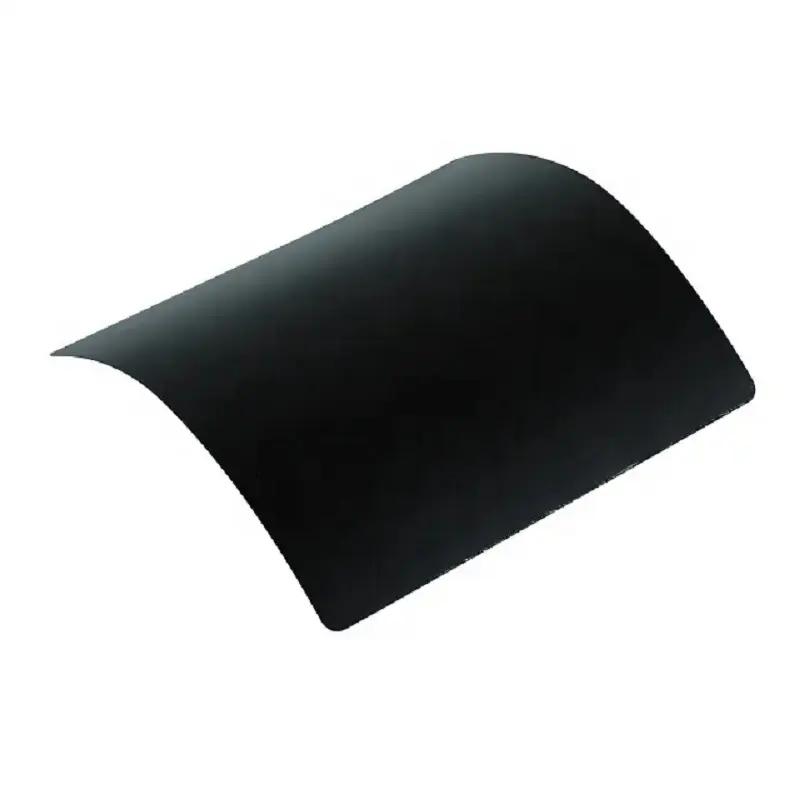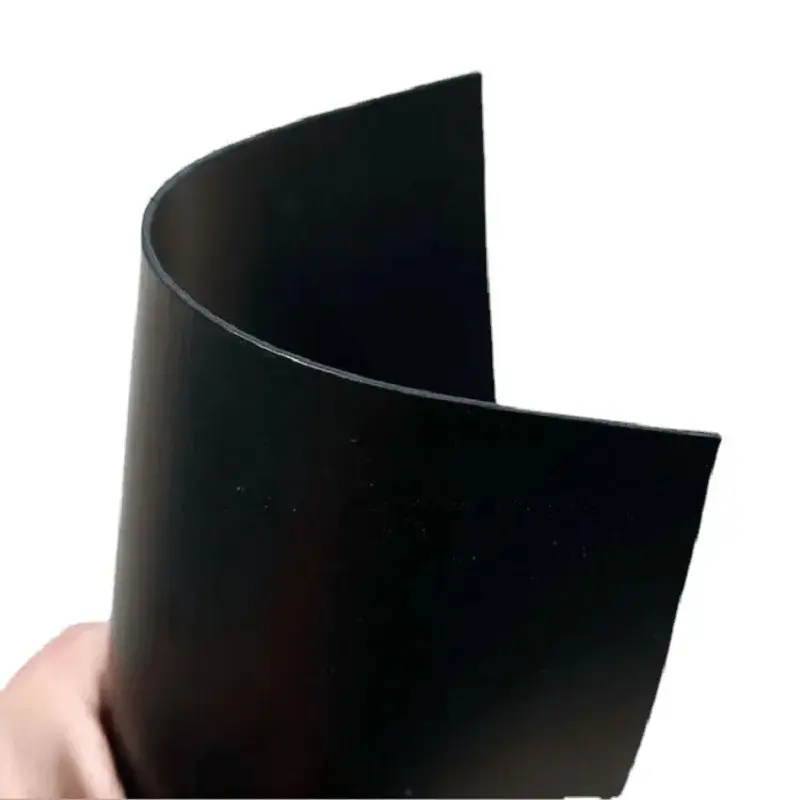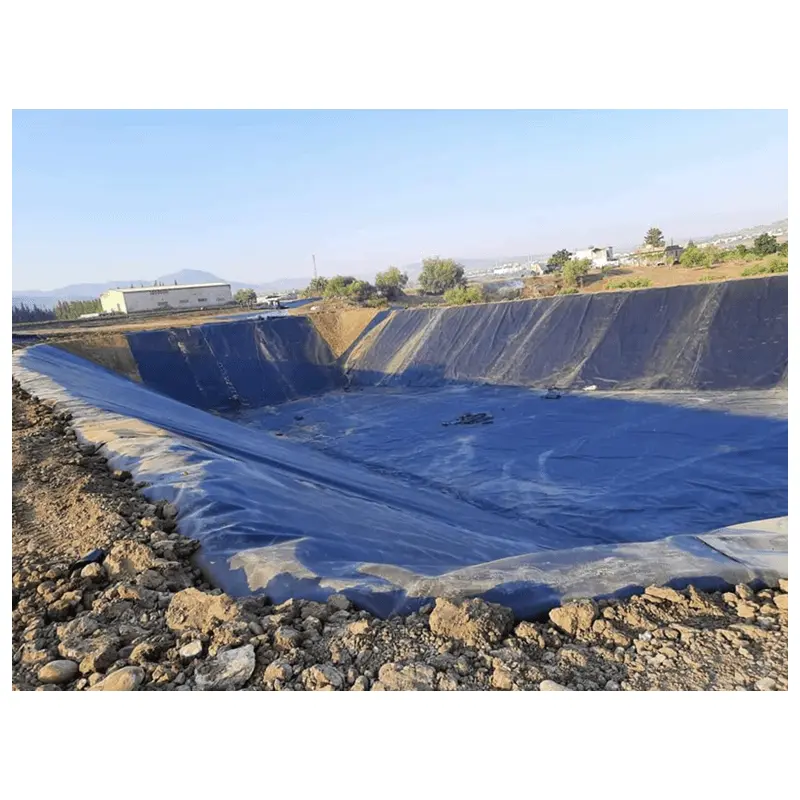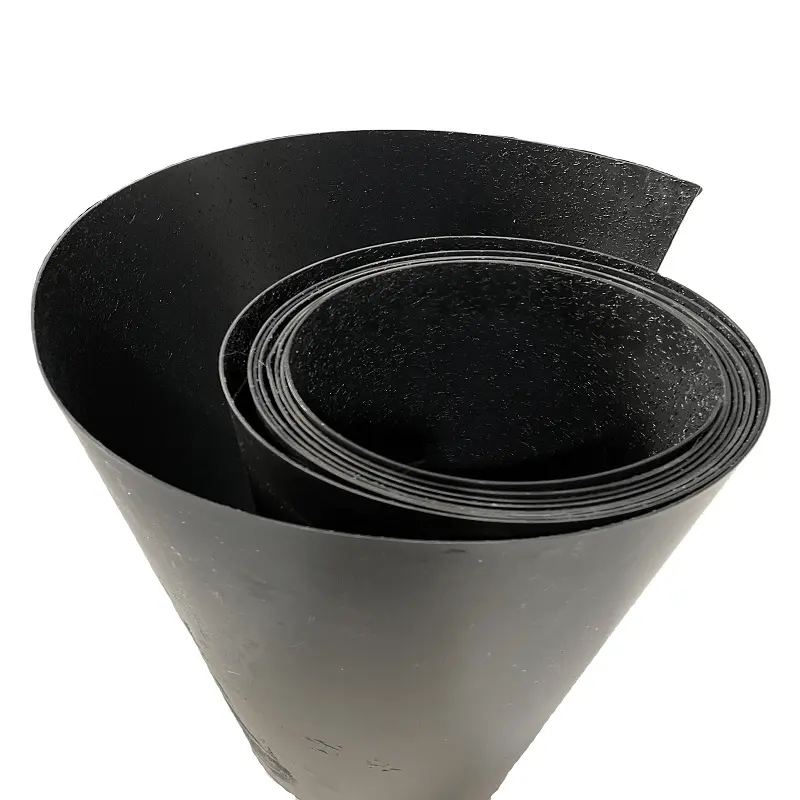I. Impermeability and Environmental Protection
The primary function of geomembrane is to prevent the penetration of water and other liquids. In environmental protection projects, impermeability is paramount as it directly relates to the safety of groundwater and soil. Generally, the thicker the geomembrane, the better its impermeability. A thicker geomembrane can more effectively block water penetration, reducing the contamination of the environment by leachate.
In landfills, for instance, leachate contains high levels of organic matter, heavy metals, and other harmful substances. If not effectively controlled, it can severely pollute groundwater and soil, posing a threat to ecosystems and human health. Therefore, in projects requiring high impermeability, such as landfills, thicker geomembranes are often chosen to ensure long-term and effective impermeability. This choice not only meets environmental requirements but also safeguards groundwater resources and soil security.

II. Durability and Environmental Protection
The durability of geomembrane is also closely related to its thickness. Geomembranes of the same material, when thicker, typically exhibit higher compressive, tensile strength, and durability. A thicker geomembrane can better resist external pressures, friction, and tearing, extending its service life. This is significant in environmental protection projects as long-term impermeability is crucial for protecting the environment and human health.
If a geomembrane fails prematurely due to inadequate durability, the impermeable layer will become ineffective, allowing leachate to escape uncontrollably and causing secondary pollution to the environment. This not only increases the cost and difficulty of subsequent repairs but may also cause irreversible damage to ecosystems. Therefore, selecting an appropriate thickness for geomembrane to ensure stable impermeability throughout the project's lifetime is a critical consideration in the design and construction of environmental protection projects.

III. Material Efficiency and Environmental Protection
The use of geomembrane necessitates a consideration of environmental performance, including material efficiency and environmental pressure. An appropriately thick geomembrane can minimize material usage while ensuring impermeability, reducing environmental impact. Although thicker geomembranes enhance impermeability and durability, they also increase costs and construction challenges, which are not conducive to environmental protection and resource conservation.
In practical applications, the thickness of geomembrane should be chosen based on the specific project requirements and conditions to achieve optimal material usage. Through scientific design and planning, it is possible to minimize material waste and environmental pollution while ensuring impermeability. For example, in landfills, different thicknesses of geomembrane can be used in different zones based on their impermeability requirements and loading conditions, achieving optimal material allocation.

IV. Construction Challenges and Environmental Protection
The thickness of geomembrane also influences construction challenges. Thicker geomembranes may require more time, manpower, and resources during laying, welding, and fixing. Additionally, they may increase transportation and storage difficulties. These factors can indirectly affect environmental protection as improper or delayed construction operations may damage the impermeable layer or prevent its timely installation, increasing environmental risks.
To mitigate construction challenges and enhance environmental protection, measures such as strengthening training and management of construction personnel, adopting advanced construction techniques and equipment, and developing scientific and reasonable construction plans and schedules can be implemented.

V. Environmental Impact and Comprehensive Considerations
Apart from the direct impacts mentioned above, the thickness of geomembrane is also intimately linked to environmental impacts. The production of geomembrane may pollute the environment through the emission of exhaust gases, wastewater, and solid waste. Furthermore, improper construction or usage can also harm the environment. For instance, non-compliant or inadequately installed geomembranes can lead to leakage, and punctures or damages can cause adverse environmental effects.
When selecting geomembrane thickness, it is essential to comprehensively consider impermeability requirements, economic costs, environmental performance, and construction conditions. By making scientific and reasonable choices and utilizing geomembrane appropriately, we can better protect the environment and human health, advancing towards sustainable development goals.
Conclusion
In conclusion, the thickness of geomembrane significantly impacts environmental protection. When selecting and using geomembrane, it is imperative to consider factors such as impermeability, durability, material efficiency, construction challenges, and environmental impacts. By making informed decisions based on these factors, we can ensure effective environmental protection while minimizing environmental impacts, thereby contributing to sustainable development.
Haoyang Environmental Co., Ltd. provides a range of geomembranes in varying thicknesses to meet the diverse needs of clients across different countries. By offering tailored solutions, Haoyang ensures that each project receives the most suitable geomembrane, whether it's for landfill containment, water reservoirs, or mining operations. The company’s commitment to quality and customization enables effective environmental protection, helping to prevent pollution and safeguard natural resources. Through its expertise and dedication, Haoyang contributes significantly to global environmental preservation, ensuring that each project is both economically viable and environmentally responsible.

942.webp)
237.webp)
106.webp)